Beard Hair Transplant Turkey
Beard hair transplants offer a transformative solution for individuals seeking to enhance their facial appearance with a fuller, well-defined beard. This procedure, known for its precision and natural results, presents an opportunity for those struggling with sparse or patchy facial hair growth. But before diving into the details, it’s essential to understand the basics of beard hair transplantation and assess whether it’s the right path for you. Let’s explore further.
Am I a Good Candidate for Treatment?
Determining candidacy for a beard hair transplant involves several key considerations:
- Health: Good overall health is crucial for a successful procedure and optimal outcomes.
- Donor Hair: Adequate donor hair availability, typically from the back or sides of the head, is necessary to facilitate transplantation.
- Expectations: Realistic expectations about the potential results are essential for satisfaction and post-procedure contentment.
Consultation with a qualified hair transplant specialist is imperative to evaluate suitability for a beard hair transplant.
Types of Treatment
Beard hair transplants encompass various techniques tailored to individual needs:
- Follicular Unit Extraction (FUE): Involves extracting individual hair follicles from the donor area and implanting them into the beard region.
- Direct Hair Implantation (DHI): Utilizes a specialized pen-like tool for direct implantation of hair follicles, ensuring precise placement.
The choice between FUE and DHI depends on factors such as patient preference, hair characteristics, and surgeon expertise.
Procedure and Steps
The beard hair transplant procedure typically follows these steps:
- Consultation and Planning: Initial assessment of the beard and donor areas, discussion of aesthetic goals, and treatment planning.
- Harvesting: Extraction of hair follicles from the donor area with minimal trauma.
- Preparation: Meticulous preparation of extracted follicles for implantation.
- Implantation: Strategic implantation of prepared follicles into the beard area for natural-looking results.
Recovery and Results
Post-procedure, expect temporary redness, swelling, and discomfort, followed by shedding of transplanted hair before new growth begins. Visible improvements occur over several months, with full results realized within a year.
What to Expect After Surgery
Gradual improvement in beard appearance, initial shedding followed by new growth, and regular follow-up appointments for progress monitoring are typical post-surgery experiences.
Risk and Complications
While generally safe, beard hair transplants carry risks such as infection, scarring, and uneven growth. These risks are minimized with careful surgical technique and post-operative care.
Maintaining Results
Sustaining transplant results requires medication adherence and a healthy lifestyle.
Conclusion
Beard hair transplants provide a viable solution for achieving a fuller, more defined beard. Understanding the procedure, realistic expectations, and diligent post-operative care are essential for successful outcomes. With careful consideration and expert guidance, a beard hair transplant can be a transformative journey toward enhanced facial aesthetics and increased confidence.

With access to
24 Hour
Emergency
Assistance
"Kindly complete the form, and our medical consultants will reach out shortly to assess your situation and offer a complimentary treatment plan along with a quotation."






